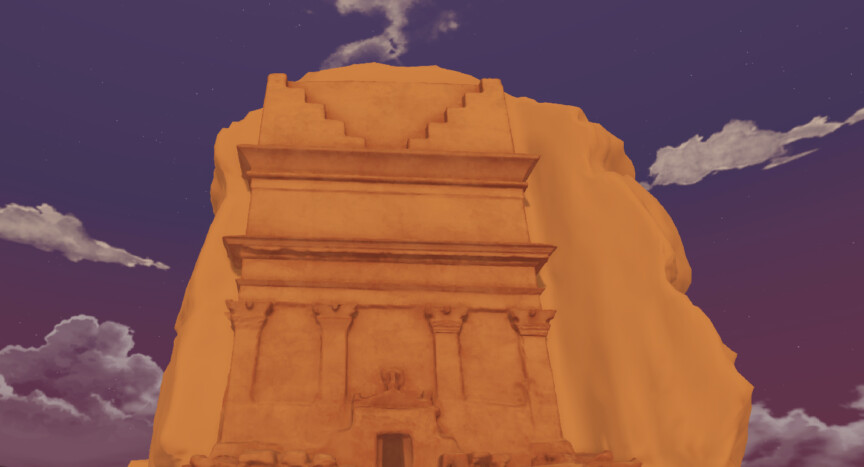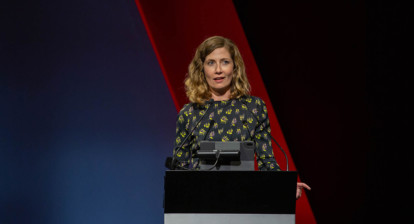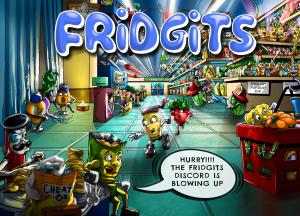The Royal Commission for AlUla (RCU) has officially entered the world of the Metaverse for the very first time with a to-scale and completely immersive 3D model of Hegra’s Tomb of Lihyan, Son of Kuza, UNESCO World Heritage site.
Created in the vast and rapidly expanding digital landscape, Decentraland, the world-famous AlUla monument will be accessible to virtual tourists, who will be able to explore its unique features from anywhere in the world.
Marking AlUla’s very first-ever venture into the innovative digital realm, and the first UNESCO World Heritage site in the Metaverse, a trip to Hegra will be just as impressive, inspiring, and mesmerising as in real life.
Visitors will be able to take a 360 tour of the Hegra’s most famous and imposing tomb, set amongst a realistic rendering of AlUla’s desert landscape and its wild surroundings.
A focal point for the online exploration of AlUla, Decentraland ‘tourists’ will be able to immerse themselves in Hegra’s history by entering the tomb and activating information points to reveal its story in vivid, interactive detail.
Although inaccessible in the real world, virtual visitors will be able to step through the tomb’s imposing doorway, presented in realistic dimensions.
As RCU’s Metaverse presence evolves and grows, the digital Hegra will also play host to a calendar of virtual events and more that can be fully explored by visitors’ avatars.
An extension of the popular AlUla Moments season, the exciting activations will digitally introduce people to the wonders of AlUla through the fascinating, high-tech lens of the Metaverse, making the rich culture, heritage, and traditions of north-west Arabia more accessible to more people than ever before.
Information portals will direct visitors to different areas of AlUla’s heritage, expanding awareness of its 200,000 years of human history while radically reimagining its rich tradition of sharing knowledge for the 21st Century and beyond as part of KSA’s Vision 2030 National Transformation Programme to empower technological transformation and innovation.
A decentralised, online repository of wisdom, landmarks, and experiences, the Metaverse is the ultimate destination for Hegra as part of RCU’s development of AlUla into the world’s largest living museum, in both the real and digital world.
Eng Amr AlMadani CEO of RCU, said: “RCU’s entry into the Metaverse is a groundbreaking development in innovation and virtual reality tourism that connects the whole world with the wonders of AlUla.
“As the custodians of a unique culture, fascinating heritage, and ancient traditions, the adoption of the latest technologies represents the next exciting step for RCU’s commitment to empower AlUla’s regeneration – moving from the physical to the digital realm and accessible to everyone, everywhere.
“A new frontier for innovation and collaboration, our debut, which also sees the first UNESCO World Heritage site enter the Metaverse, represents an exciting evolution of AlUla’s unique heritage, acting as an open invitation to travellers, academics, and digital explorers to log in and witness AlUla like never before.”
UNESCO designated Hegra as the KSA’s first World Heritage Site in 2008. Located 20km north of AlUla town, the site covers a total of 52 hectares and features 110 tombs amid countless rock formations, with the Tomb of Lihyan, Son of Kuza the largest at 22 metres tall.
Referred to as the ‘lonely castle’ in English because of its distance from other monuments, it is the largest preserved site of the ancient Nabataean civilisation south of Petra in Jordan.
Global creative consultancy frog, part of Capgemini Group, was appointed to develop and facilitate Hegra’s Metaverse debut and support the Royal Commission for AlUla’s strategy to propel innovation and technological advances across the county.





